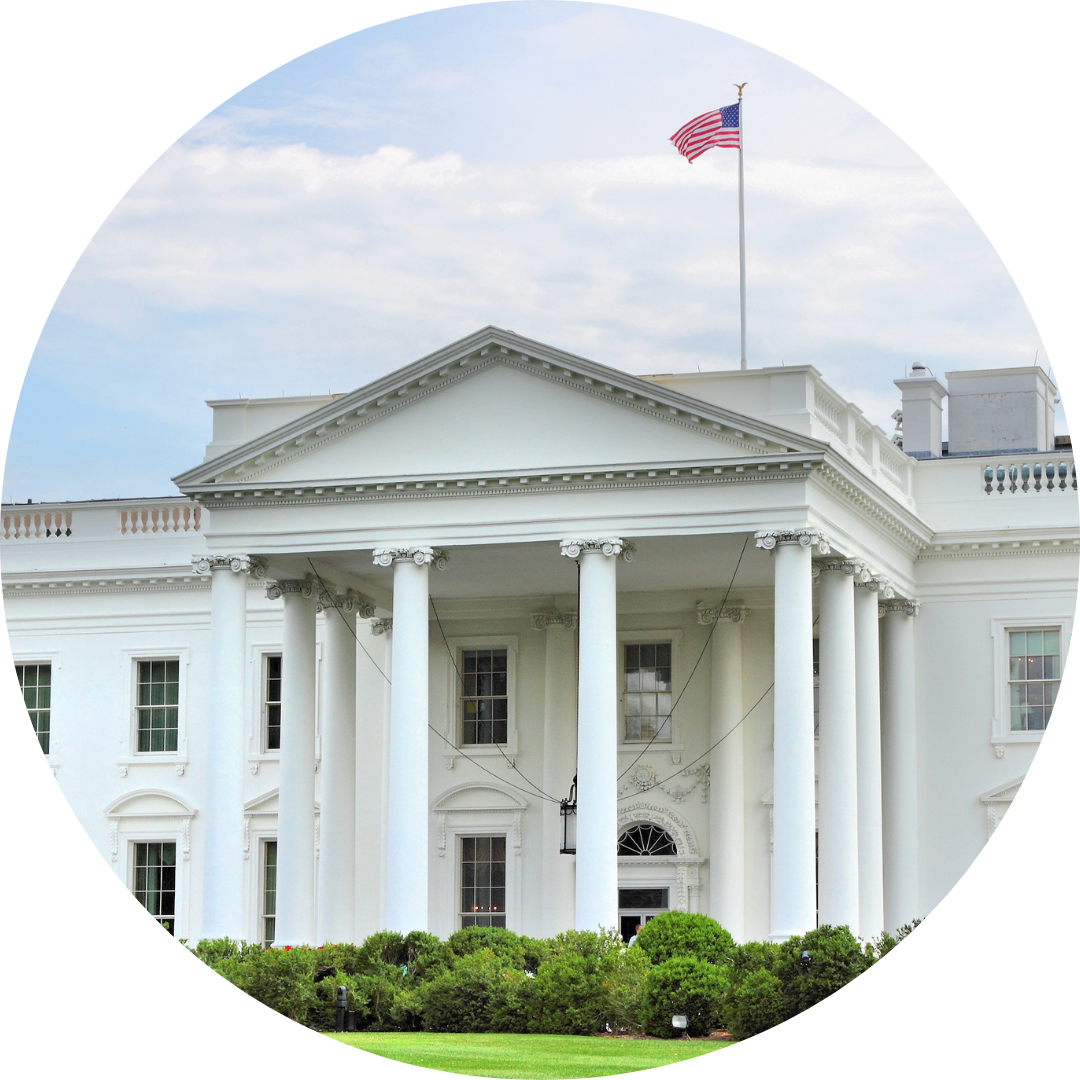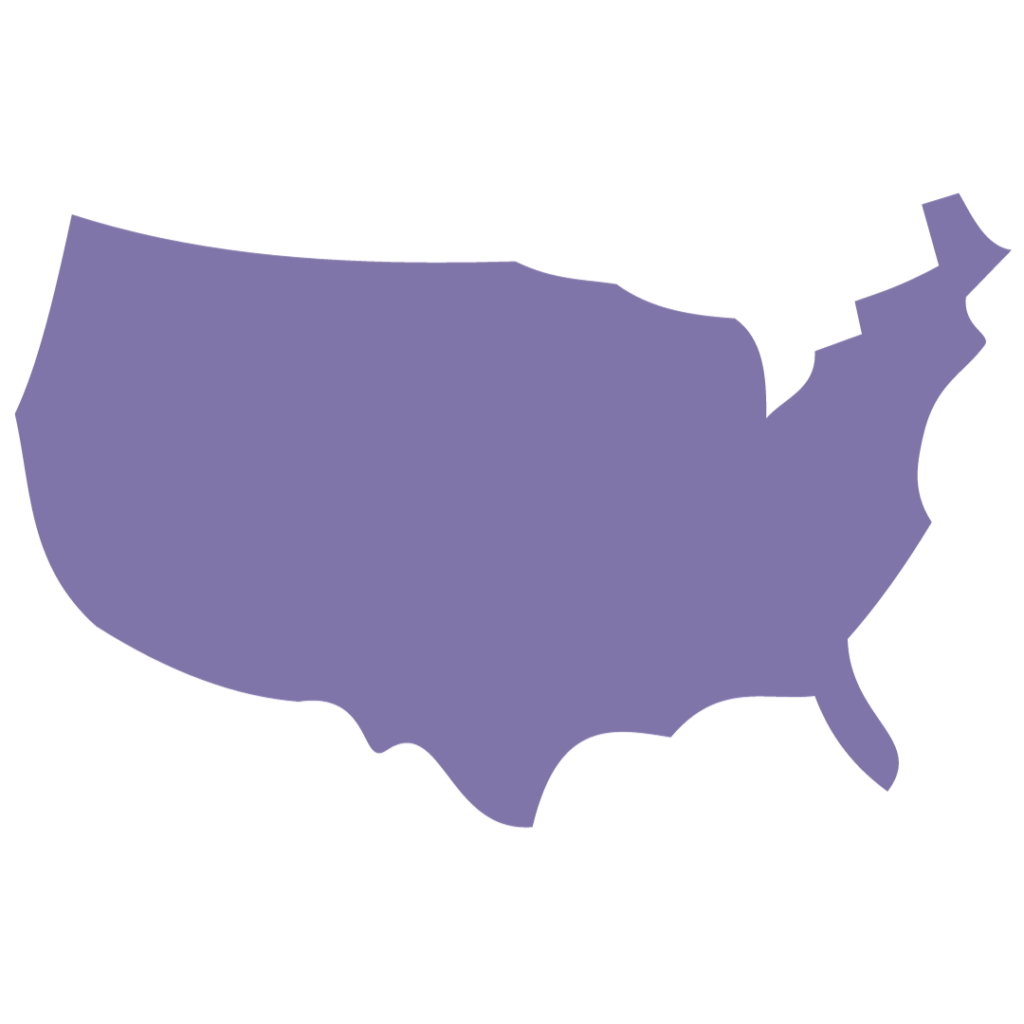The First Five Things to Know: Child Care in the President’s Budget Proposal

Each year, shortly after the State of the Union Address, the President submits a budget blueprint to Congress. The proposal underscores the White House’s priorities, listing their desired funding across federal programs. Congress takes this request into consideration in setting the actual federal budget for the upcoming fiscal year.
Ahead of the President’s budget proposal later this week, here are the first five things you need to know about investing federal funds in child care and early learning.

Child care remains one of the few major issues Democrat and Republican lawmakers agree on. Last year, a record number of “Dear Colleague” letters from House and Senate Democrats and Republicans were circulated in support of increased funding for the various federal early learning and care programs. This support also extends to voters, 74% of whom agree that federal funding for child care and early learning programs should be increased.

And child care programs benefit families, businesses, and local economies in all 50 states. Yet, almost three quarters of working parents recently reported that access to child care is a challenge. And, a new report by the U.S. Department of Labor found that the cost of child care is “untenable” for families across all care types, age groups, and county population sizes.

But at current investment levels, federal child care programs only reach a fraction of income-eligible families. The Child Care and Development Block Grant is the largest source of federal funding to states that provides child care assistance for low-income, working families. However, in nearly all states, it reaches less than 15% of eligible children. When you factor in that more than half of America’s children live in a child care desert – areas where there are too few licensed slots for the number of children who need care – you can see how breakdowns in the sector are affecting parents’ ability to go to work.

Increasing federal investments into child care is a game-changer for the U.S. economy. According to a new report by ReadyNation, the nation’s infant-toddler child care crisis now costs America’s economy $122 billion, more than double the $57 billion the same study found it was costing in 2018. Investing more money will ensure parents who are eligible for these programs but can’t access them can enter or reenter the labor force, miss less shifts, or attend training and school for higher paying jobs.

Federal funds are the primary source of funding for child care. The federal government provides the vast majority of the funding for early care and education. States leverage these federal dollars and invest their own funding in programs that support the care and education of children from birth to five. However, to truly meet the need and reach families who need care, more robust federal investment is needed.
The Path Forward: The President has the power to provide bipartisan solutions for working families and our economy by setting strong funding levels for FY2024 in his initial budget request. And by approving significant funding increases for early learning and care programs, Congress can drastically lower child care costs for working families, ensure parents can choose the quality care they want, and strengthen the nation’s economy.
Subscribe to FFYF First Look
Every morning, FFYF reports on the latest child care & early learning news from across the country. Subscribe and take 5 minutes to know what's happening in early childhood education.



